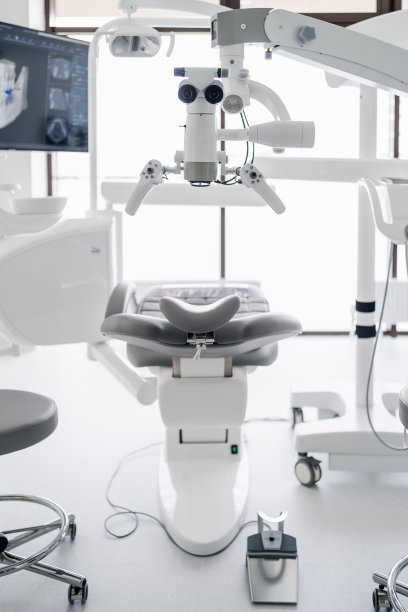Essential Steps to Take Before and After Your Dental Filling to Ensure Optimal Oral Health and Comfort
Summary: Ensuring optimal oral health and comfort following dental fillings requires preparation before and appropriate care afterward. This article outlines essential steps to take before your dental filling appointment, managing expectations during the procedure, post-treatment care, and scheduling follow-up appointments. Understanding these elements can make your experience smoother, decrease discomfort, and promote overall oral health.
1. Preparing for Your Dental Filling Appointment

Preparation is key when it comes to dental fillings. Before your appointment, it鈥檚 essential to gather all necessary information regarding your oral health history. This includes any previous dental treatments, allergies, medications, and your general health status. Communicating this to your dentist helps ensure a more tailored approach to your filling procedure.
Additionally, discussing your concerns and expectations with your dentist can alleviate anxiety. Many patients experience fear before dental procedures. Talking openly about these feelings can allow your dentist to provide reassurance and support, thereby enhancing your comfort level during the appointment.
Another essential step is to arrange your schedule for the day of the filling. You may want to consider taking the afternoon off, especially if you plan to receive sedation during the procedure. Establishing a comfortable environment afterward, where you can relax and allow the anesthesia to wear off, is crucial for a smoother recovery.
2. Managing Expectations During the Filling Procedure
Having a clear understanding of what to expect during the dental filling procedure can significantly enhance your comfort. Initially, your dentist will administer anesthesia to numb the affected area. Its essential to communicate any discomfort you may feel during this part; the dentist can adjust the dosage or administration method accordingly.
Next, your dentist will remove the decayed portion of the tooth. This process may create some noise, which can be anxiety-inducing for some patients. Knowing this beforehand can prepare you for any sounds you may hear, allowing you to focus on your breathing to maintain calmness.
Lastly, once the decay is removed, the dentist will fill the cavity with the chosen material. This is typically a quick process, but understanding that it is normal to feel sensations such as pressure or vibrations can help ease your mind. Remember, your dentist is there to ensure your comfort and listen to any concerns you may express throughout the filling process.
3. Aftercare Steps for Optimal Recovery
After your dental filling, it鈥檚 vital to follow specific aftercare instructions to ensure optimal recovery. Initially, avoid eating or drinking until the anesthesia wears off to prevent biting your tongue or cheek unintentionally. Once the numbness subsides, stick to soft foods for at least 24 hours to avoid putting unnecessary pressure on the filling.
In the following days, meticulously maintain your oral hygiene routine. This means gently brushing and flossing around the filled tooth. It鈥檚 normal to notice some sensitivity, which may last a few weeks; however, if pain persists or worsens, its essential to consult your dentist.
Finally, consider avoiding extremely hot, cold, or hard foods for a short period. This careful avoidance can help you assess how well your filling is adapting, as sensitivity may indicate you need further consultation with your dentist for potential adjustments.
4. Scheduling Follow-Up Appointments for Monitoring
Follow-up appointments are an essential component of maintaining your oral health after your dental filling. Schedule your check-up within a few weeks of your procedure so your dentist can assess the fillings effectiveness and ensure proper healing. Open communication about any lingering discomfort or sensitivity is critical during this visit.
Your dentist will also examine your overall oral health, ensuring that the filling harmonizes well with your bite. Proper alignment is vital for preventing additional wear and tear on the filling and surrounding teeth.
Finally, adhering to regular dental check-up schedules is crucial. Routine visits allow your dentist to monitor the condition of your fillings and intervene early if any issues arise. These proactive measures will help maintain your oral health long after your filling procedure.
Summary: This article underscores the importance of preparation before a dental filling, managing expectations during the procedure, following post-treatment care guidelines, and scheduling follow-up appointments. Each step is essential for ensuring optimal oral health and comfort following dental work. Taking the time to understand and implement these steps will help you achieve a successful recovery and maintain your smile.
This article is compiled by Vickong Dental and the content is for reference only.


